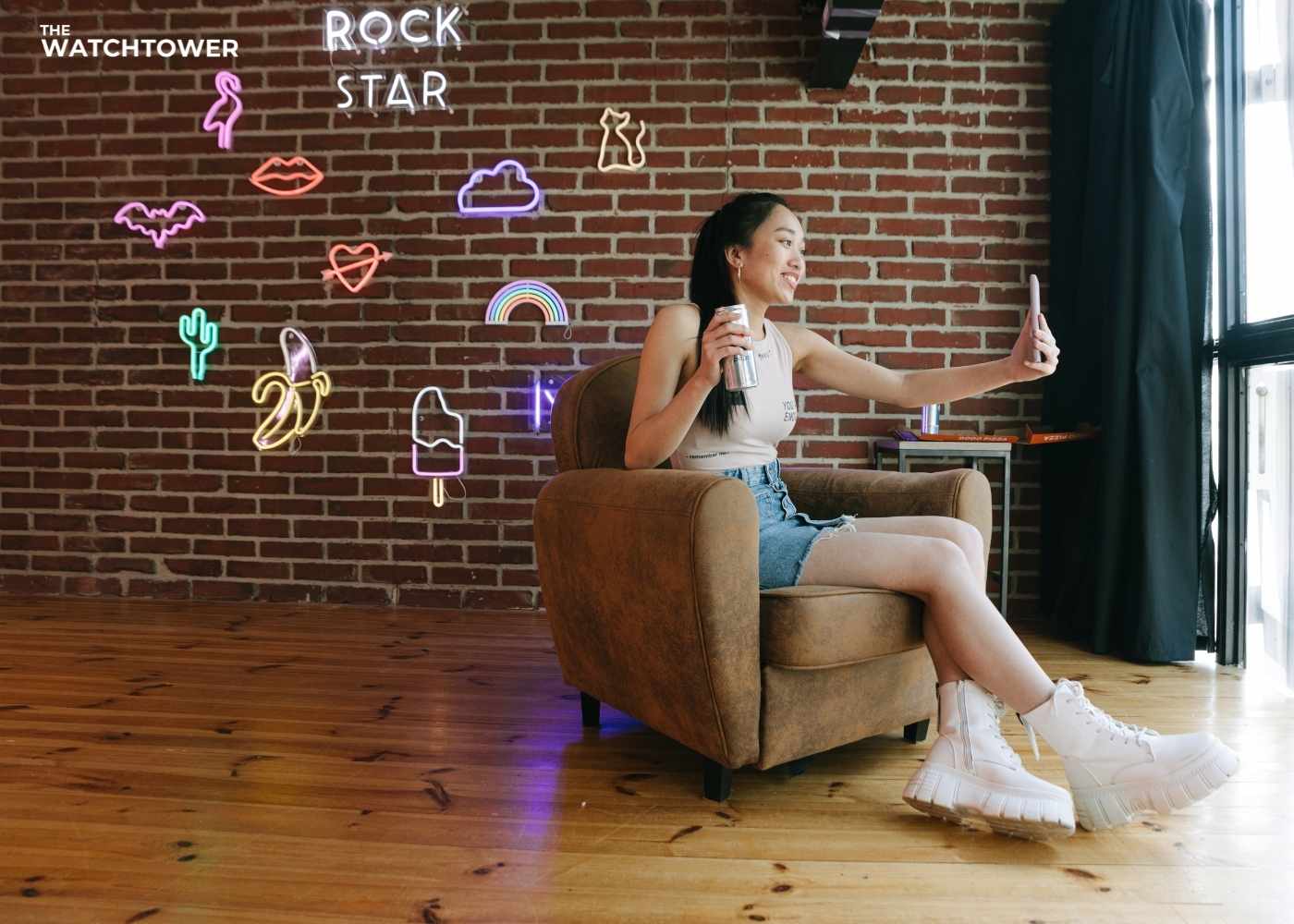
Human-made art is one of humanity’s proudest achievements. Entire eras are marked by the artistic styles their artists followed. It is held on a high pedestal and is famous for representing human feelings, connections, experiences, and even human evolution, starting from the drawings on cave walls to the Monalisa hung on the walls of the Louvre to the modern art being made these days.
AI art, on the other hand, is artwork created using programs and artificial intelligence software. As a field of computer science, AI focuses on building tools that, with the aid of algorithms, can mimic human intelligence or simulate the human brain.
What Makes Generative AI Different?
A massive amount of data trains generative AI to imitate patterns and create new things, and it does not get fed with instructions on creating a specific object. Some have started to hate generative AI because they assume it will replace them shortly. It is said that all the industries that need humans to create original work must be renovated and that AI is better for industries to thrive. That includes all forms of arts, writing, manufacturing, entertainment, and many more; AI is taking human creative industries as its new toy.

Will AI Art Replace Human-Made Art?
There are a lot of assumptions and speculations about how AI art might affect human-made art; most of them are negative, saying AI will end human art, and the reality is that it will not. AI art cannot and will not replace human artists, and AI technology will not replace the most critical part of art making, which is creative decision-making.
Additionally, it was humans who developed and are still developing AI and the tools it uses. For example, humans developed procreate leaf brushes, which is a design tool AI and humans can use to enrich their visuals. Therefore, it’s humans in the first place then comes AI.
AI is basically a machine learning model, so it is not autonomous, and therefore it cannot replace human art because it needs a human agency to produce results. However, what it can do is draw attention to an unknown factor in a painting, thanks to being trained by so many human-made artworks.
What that means is that when it comes to AI art, artists are the ones who will choose how and for what it gets used since they are the ones needed to automate it.
Human-made art cannot be replaced even though AI can produce amazing results in seconds; it will become a catalyzer that will help artists embrace diverse and exciting new styles.
Two Downsides to The AI Art
At first sight, AI might seem fun, and it is available for all, but the fun evaporates once someone takes a look underneath the surface.

What is written in the fine print
Most people do not bother to read the fine print or what is written in the terms and conditions when using any app or service, and AI is no exception.
The trend of AI art took over the internet, and many people joined it without thinking twice. No one cared to stop and wonder about what the service asks in return, other than money, what data it collects, and what rights people waive once they use it.
When dealing with an artist, the exchange is clear and easy; the client pays the artist for their time and talent for an agreed-upon end product. In AI, the person is dealing with a machine, so it is imperative to read the terms and conditions to know what the person is giving up in exchange for a fun image. In most cases, it is the user’s biometric data.

The copyright
In human-made art, the copyrights are obvious and unquestionable; they are for the artist who created the art. In AI art, who are the copyrights for? The person who gave their picture to the machine or the machine which created the art based on this person’s personal and biometric data? The answer is unknown, and it is an enigma.
The copyright of AI art is a topic that is getting much noise and will likely continue to do so for some years to come. One thing is for sure, in the USA, the work that is created by a machine gets zero copyright protection, and the only copyrightable works are those with human authorship.
To sum up
Human-made art can never be replaced or overpowered by AI art. AI can help artists by offering them new ways to display their creativity, and human participation is essential for AI to work as intended. And all users of AI must pay close attention to what they agree to by using it.




















Comments (1)
Isabelle Francisco
Jan 10, 2025
I am incredibly grateful to barry white Team for helping me recover $100,000 in such a short period from an online scam bitcoin investment platform. Their professionalism, expertise, and relentless dedication made the entire process smooth and stress-free. I highly recommend their services to anyone seeking reliable assistance in financial recovery. Email: (barrywhite4390( @)—-g m a i l——c o m”
Write a Comment